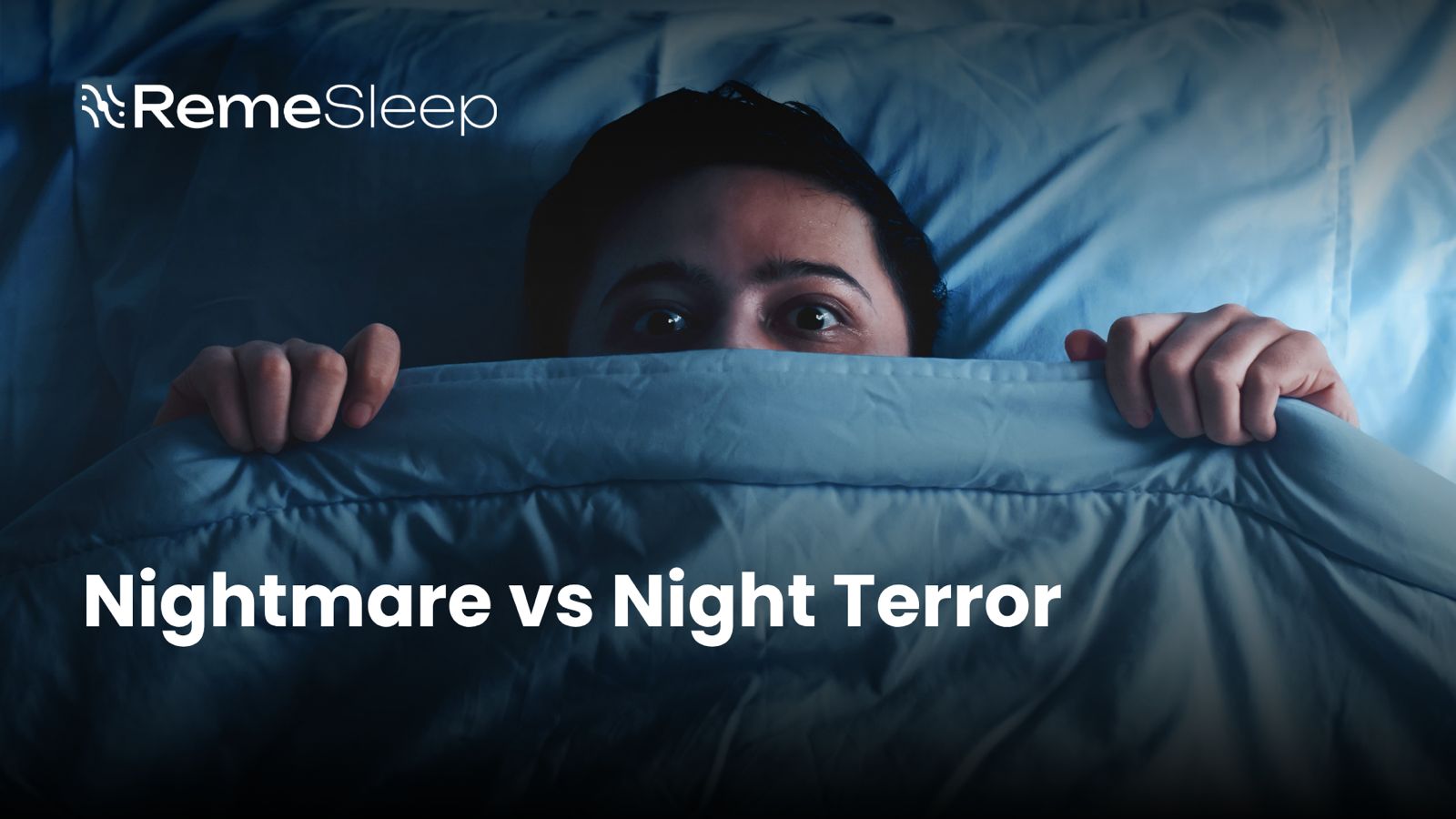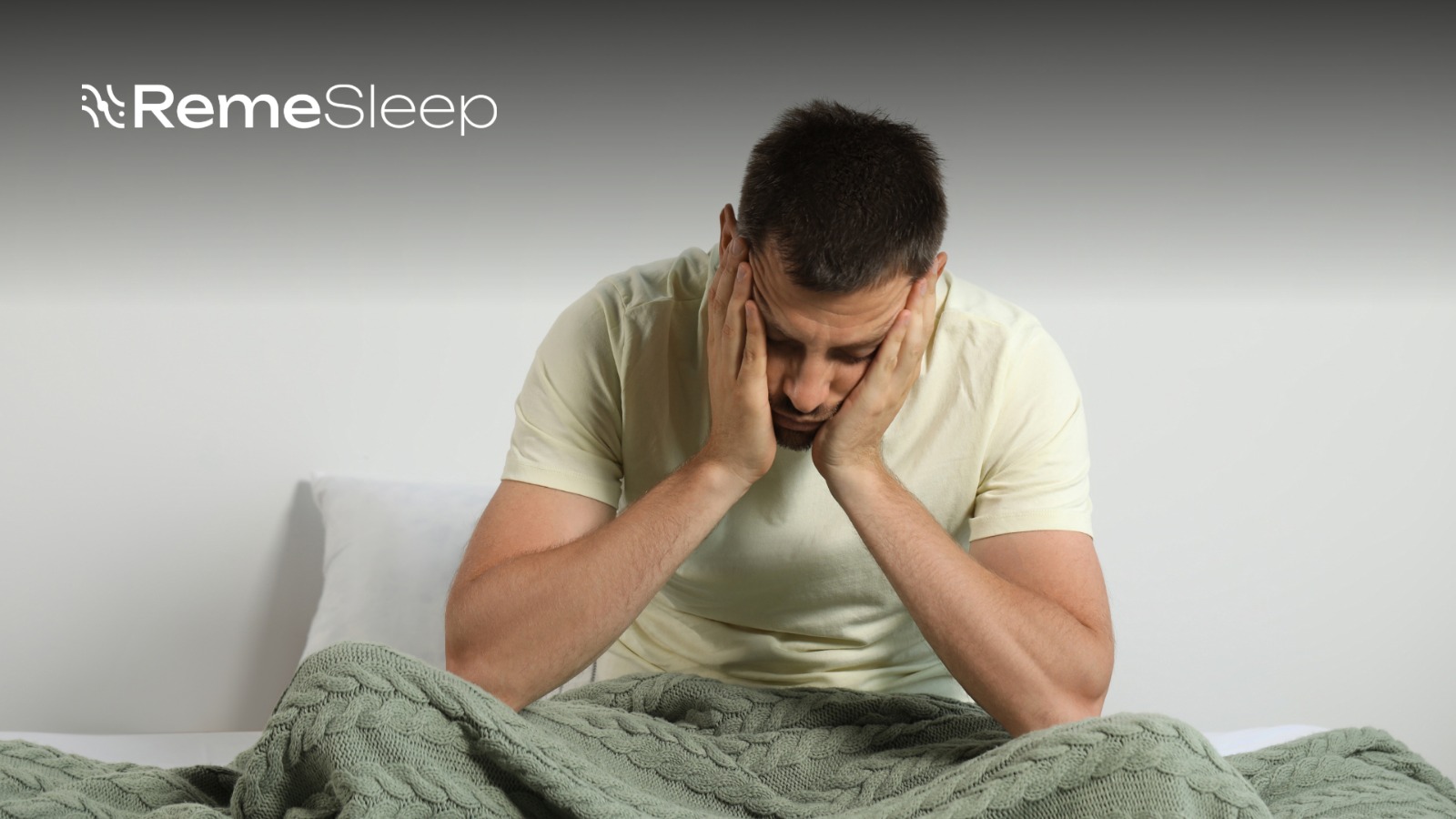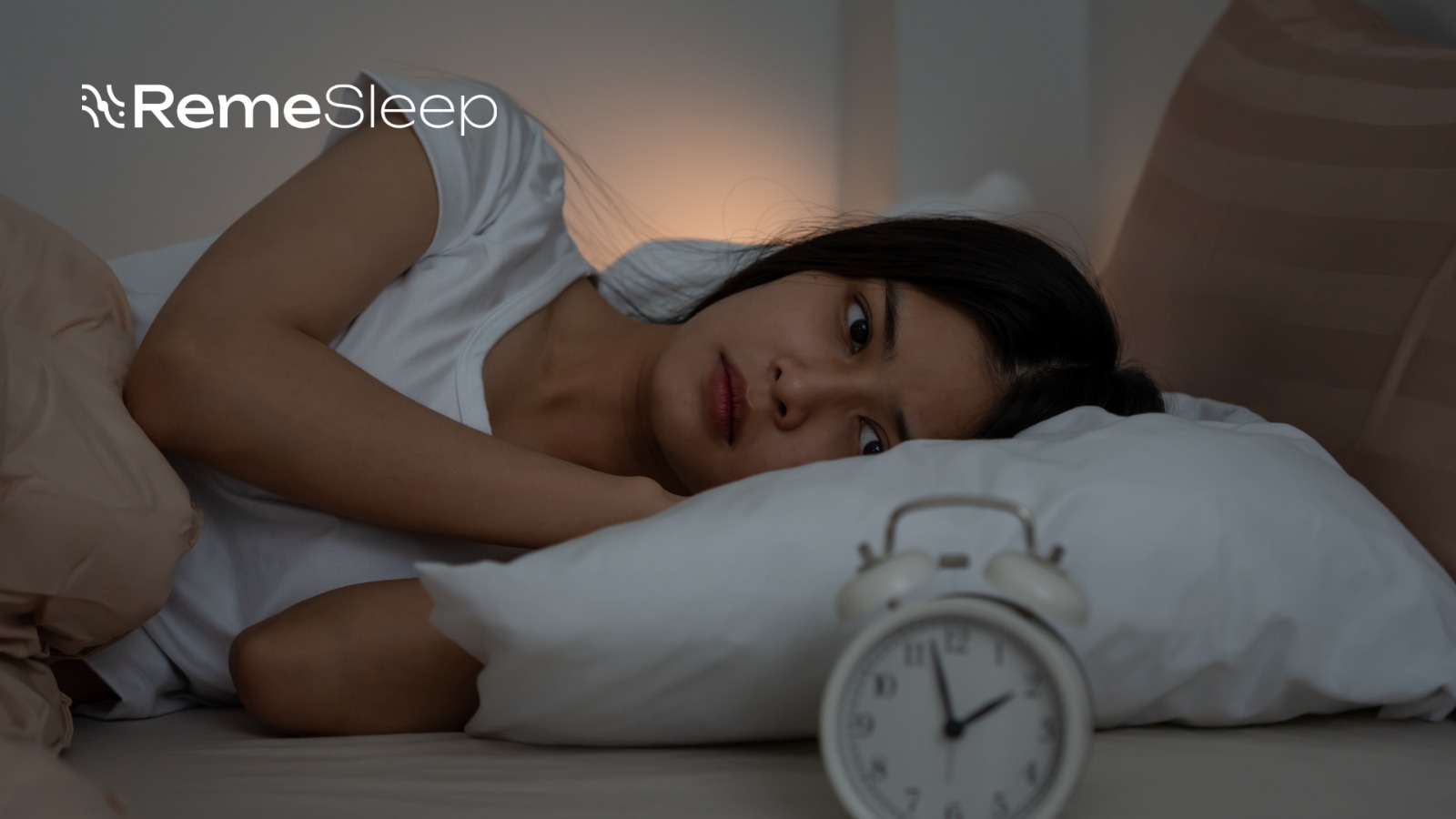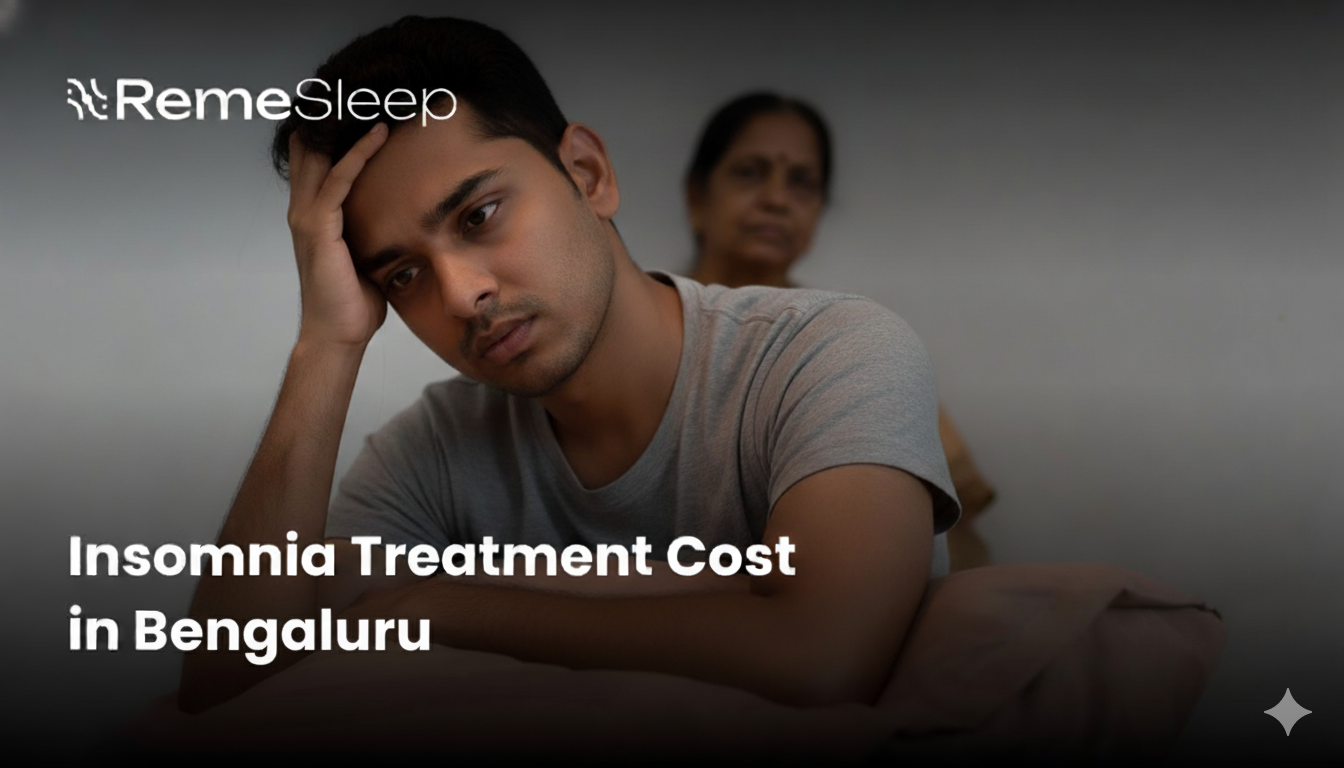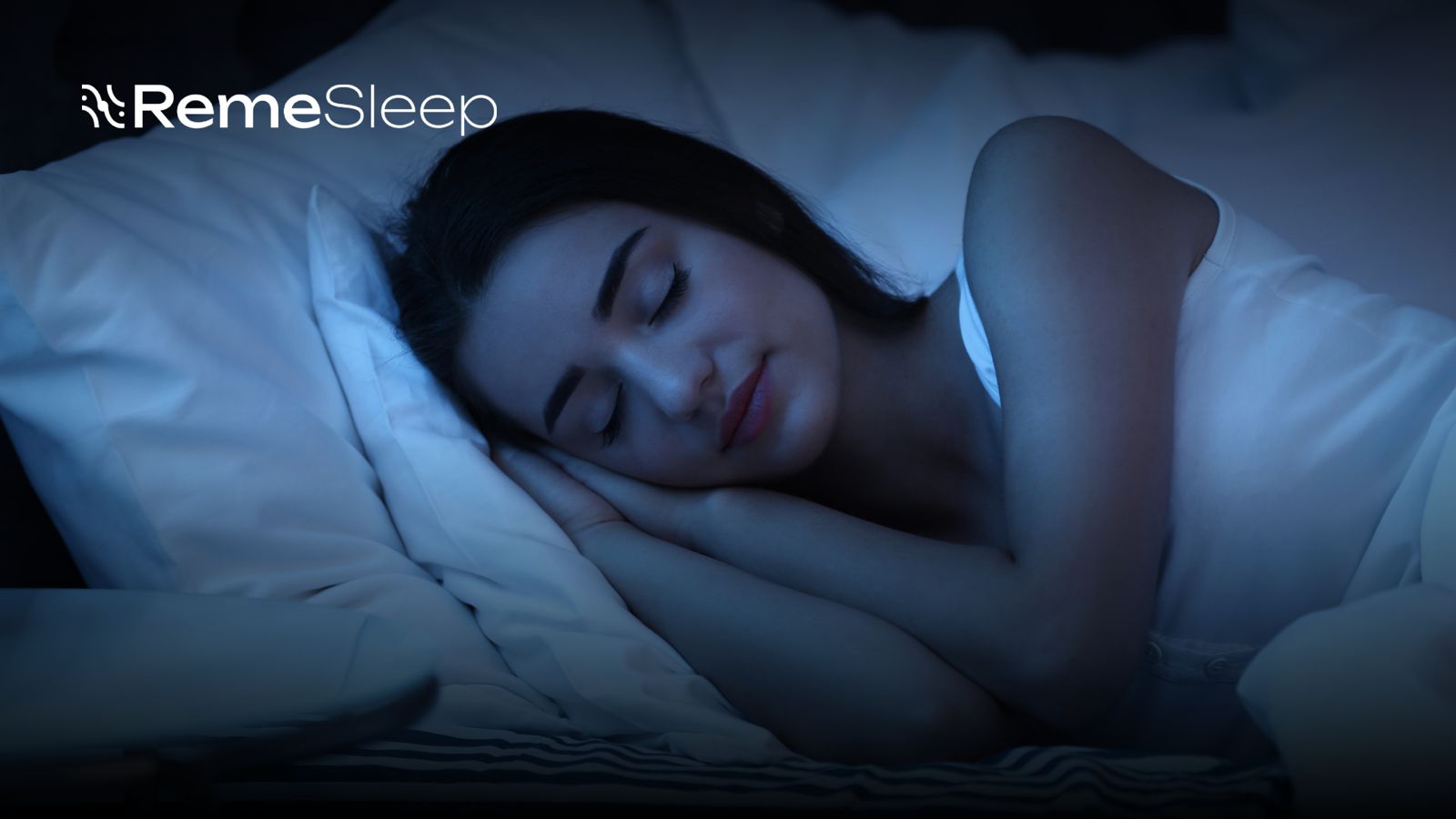Nightmares are intense dreams, while night terrors are sleep disturbances. Many people use the terms identically. Nightmares are vivid dreams that occur during REM sleep (dreamy sleep); you usually wake up fully and remember them. Night terrors, on the other hand, are episodes that occur during deep non-REM sleep, during which you only partially wake from sleep and may thrash or scream. Evenly, they are common. Knowing night terrors vs nightmares can help you understand what you’re experiencing, whether it’s a scary dream or a more intense sleep disorder.
What is the difference between the two?
Whereas, Both of these nightmares and night terrors are solely related to sleep. Both hold a different meaning in several different ways:
What is a nightmare?
Nightmares are vivid dreams that can trigger fear, rage, or repulsion. They are typically easy to recall. Nightmares are common but qualify as a mental health disorder only when they interfere with your functioning during the waking day. Because nightmares often cause sudden awakening with fear and anxiety, they can lead to difficulty falling back asleep, resulting in insomnia.
What are night terrors?
Night terrors, or sleep terrors, are episodes in which you partially wake from slow-wave sleep. These episodes typically involve symptoms of severe distress, such as thrashing or screaming. You likely won’t remember the episode, but you may know something happened when you find rubble on the floor from a shattered lamp or, in exceptional cases, your roommate expresses concern.
Read along to know how to tell nightmares and night terrors apart.
Here’s a breakdown of the key differences between nightmares and night terrors, more about when they happen, how much you know about them, activities, and who gets affected.
| Feature | Nightmares | Night Terrors |
| When they happen | Usually late at night, during REM sleep. | Often early in the night, during deep non-REM (slow-wave) sleep. |
| Waking up | You fully wake up and remember the dream. | Hard to wake; if you do, you’re often confused and don’t remember the event. |
| Physical activity | Typically quiet—maybe you wake scared or upset. | More dramatic: screaming, thrashing, crying, sometimes sleepwalking. |
| Who it affects (kids vs adults) | Very common among both kids and adults. Many adults get nightmares monthly. | Much more common in children; rare in adults. |
| Remembering the content | Dream content is usually vivid and remembered well. | Content is usually forgotten; maybe vague fear, but rarely clear. |
What causes nightmares?
Several factors contribute to nightmares:
Stress and post trauma
Nightmares often come from stress, trauma, or PTSD and replay or symbolize threatening events. They may not reflect the exact threat but use symbols for example, dreaming of a flood if you fear losing friends. Scientists think nightmares help process intense or dangerous memories, with recurring nightmares common in PTSD.
Early childhood experiences
According to the stress acceleration hypothesis, early childhood stress or trauma can speed up the brain’s fear response. This makes regulating negative emotions harder in adulthood, increasing the risk of nightmares and night terrors. Nightmares are vivid and remembered, while night terrors involve intense reactions during deep sleep with little memory. Night terrors are rare in adults but often linked to early stress.
Medications
Certain medications are known to increase the risk of nightmares and disturb healthy sleep patterns. Common ones include:
- Beta blockers – frequently prescribed for high blood pressure and irregular heartbeat but could cause overly vivid dreams or bad dreams.
- Dopamine agonists – used to treat conditions like Parkinson’s disease by imitating dopamine in the brain; however, these medications can also affect sleep and potentially cause types of night terrors or nightmares.
- Selective serotonin reuptake inhibitors (SSRIs) are a popular choice to treat Depression and/or Anxiety, but have been known to cause rampant, frequent nightmares or impaired REM sleep.
What causes night terrors?
Night terrors usually manifest during a deep sleep stage, referred to as slow-wave sleep, during which the brain functions as if it has slowed down with larger and slower waves. In both adults and children who experience frequent night terrors, these brain waves might cause an incongruity or collision with one another. This collision can cause the body to be stuck in a semi-aware state, complete with rapid heartbeat, tension in muscles, and sudden movements. Unlike nightmares, during a night terror episode, the conscious mind remains offline, unaware of the experience.
How common are they?
Nightmares:
- Up to 75% of children experience at least one nightmare.
- Adults: 35-45% have nightmares monthly, 2-6% weekly.
- About 4% have nightmare disorder with symptoms including poor sleep and daytime fatigue due to insomnia.
Night Terrors:
- Most common in early childhood and decreases with age.
- Rare after age 5, with only 1-2% of adults experiencing them.
- Linked with anxiety and depression, and can cause significant sleep disruption and insomnia.
Nightmare vs Bad Dream
- Nightmares involve fear or danger that wakes you up, while bad dreams are unpleasant but less intense.
- Most people forget bad dreams, but nightmares and night terrors often feel vivid and disturbing.
Nightmare vs Night Terror
-
- Nightmares happen in REM sleep (late night). You usually wake up alert and remember the dream.
- Night terrors occur in deep NREM sleep (early night). They last 30 seconds to 5 minutes, with symptoms like screaming, sweating, tense muscles, and rapid heartbeat. You rarely remember them in the morning.
- Night terrors in adults are rare but linked to stress and mental health. Night terrors in babies and kids are more common.
Night Terrors vs Sleepwalking
- Both happen in NREM sleep.
- Sleepwalking involves movement (walking around without awareness).
- Night terrors show distress (crying, thrashing, fear).
How to stop sleep disturbances?
Nightmares and night terrors have different symptoms but often share triggers. Reduce your risk by managing daytime stress, avoiding alcohol and drugs before sleep, practicing good sleep hygiene, and ensuring you get enough restful sleep each night.
Also read – https://remesleep.com/how-stress-anxiety-are-keeping-you-awake-at-night/
When to seek a doctor’s help?
Nightmares and night terrors usually aren’t a concern unless they’re frequent and affect daily life. If you experience sleep deprivation (moodiness, poor memory in adults; tantrums in kids), sleep reluctance, or stress-related anxiety, support from a therapist or sleep specialist can help. Injuries during night terrors, like hitting others or falling, also warrant attention. At RemeSleep, we offer expert guidance to manage these issues and improve your sleep quality safely.
What is the treatment for nightmares?
Therapy for nightmares helps identify triggers and process related emotions. For example, a family therapist might help a child cope with fears from parental divorce, reducing anxiety and stopping recurring nightmares. For trauma-related nightmares, image rehearsal therapy lets you rewrite and mentally rehearse a happier ending to lessen distress.
What is the treatment for night terror?
For night terrors, scheduled awakenings can prevent episodes in young children by briefly waking them before a typical terror occurs. In older kids and adults, behavioral therapies like psychotherapy, relaxation, and hypnosis may help reduce stress and improve sleep. Some doctors may prescribe low-dose clonazepam in severe cases, but medication is usually avoided unless there’s a risk of injury.
